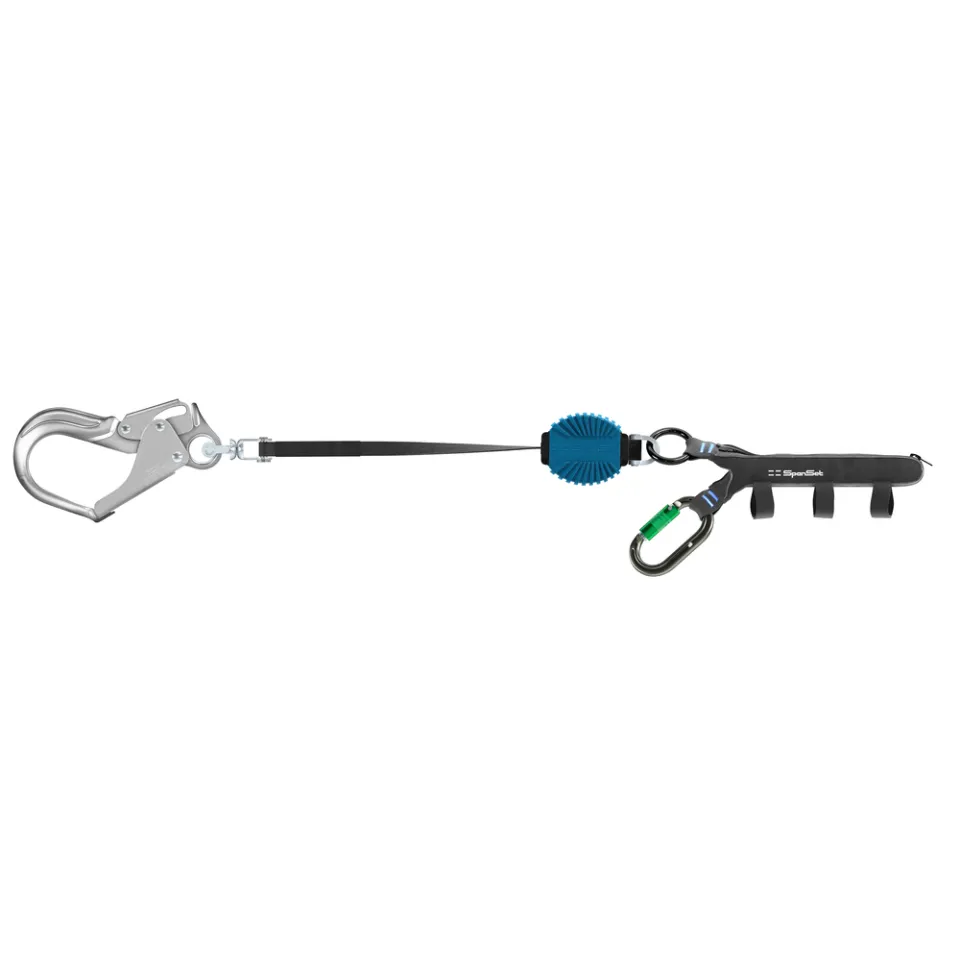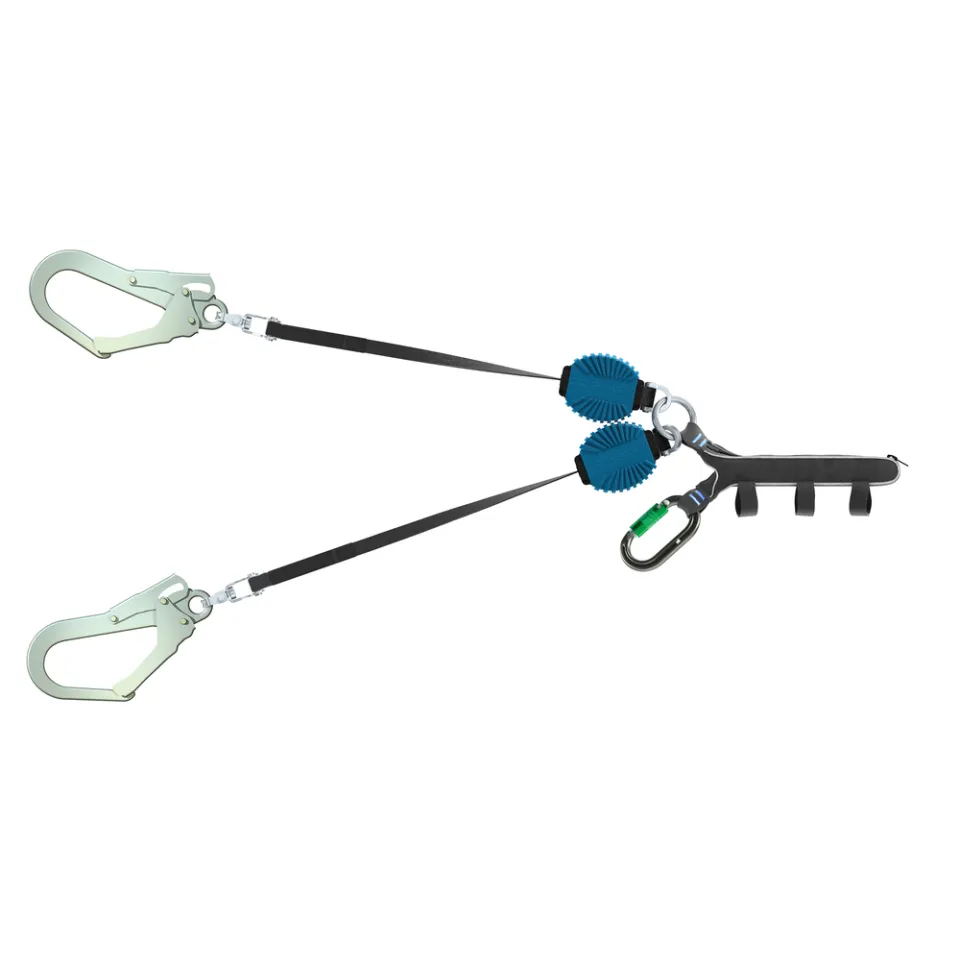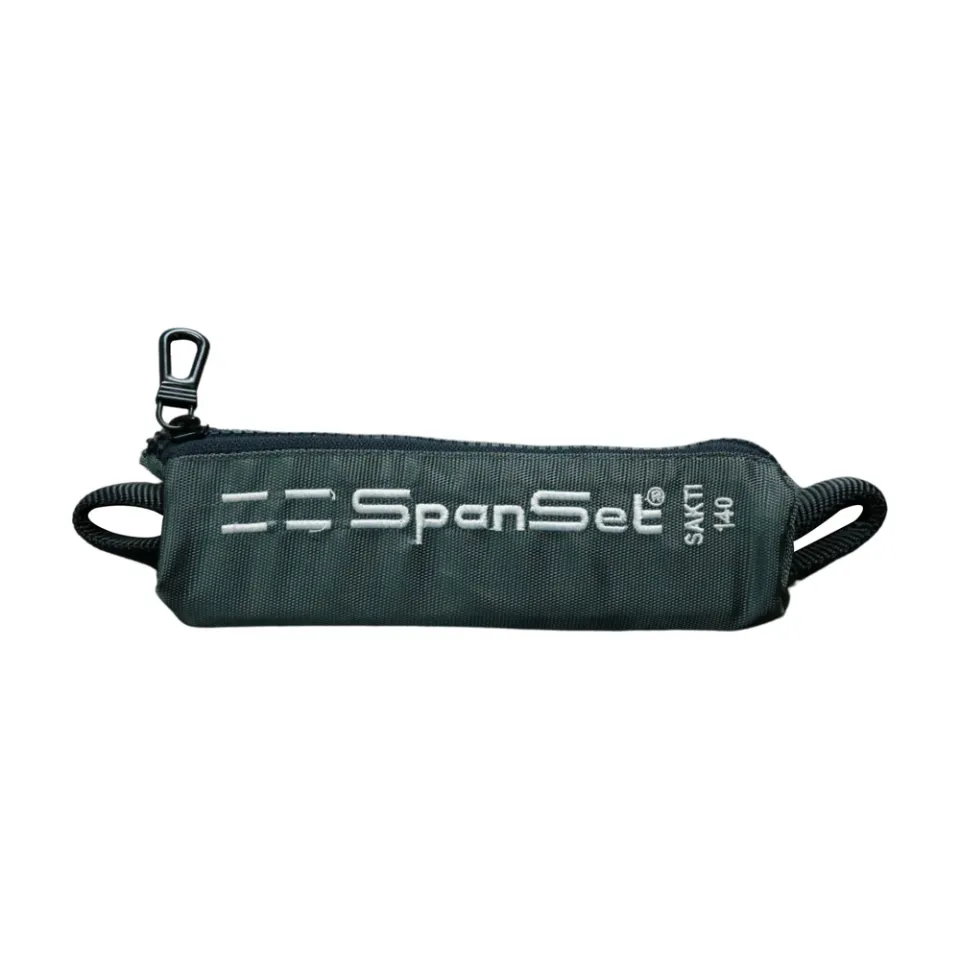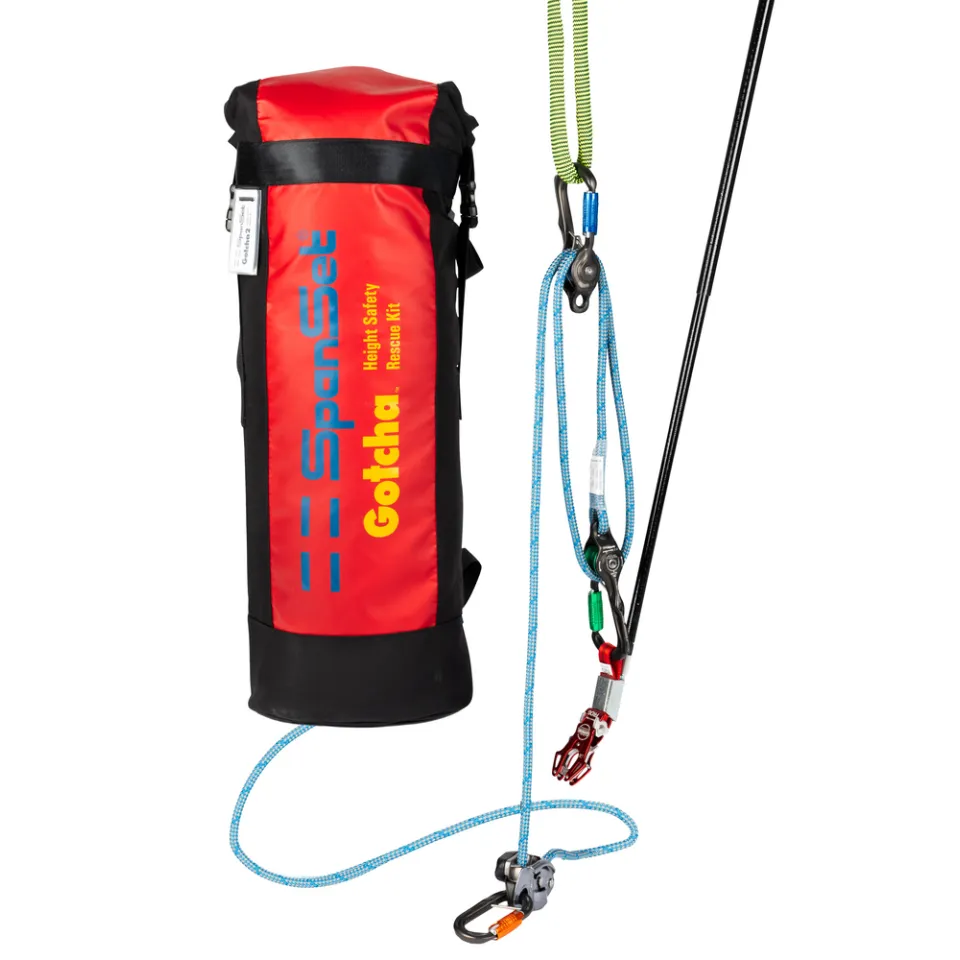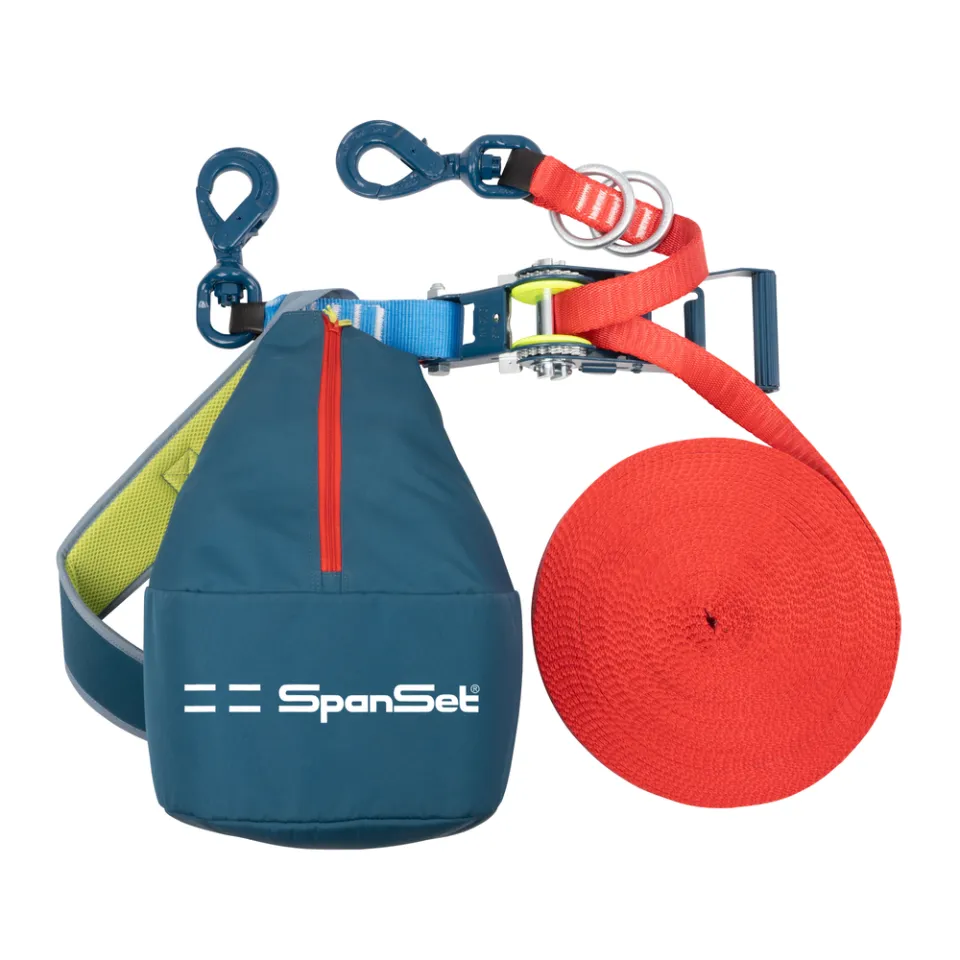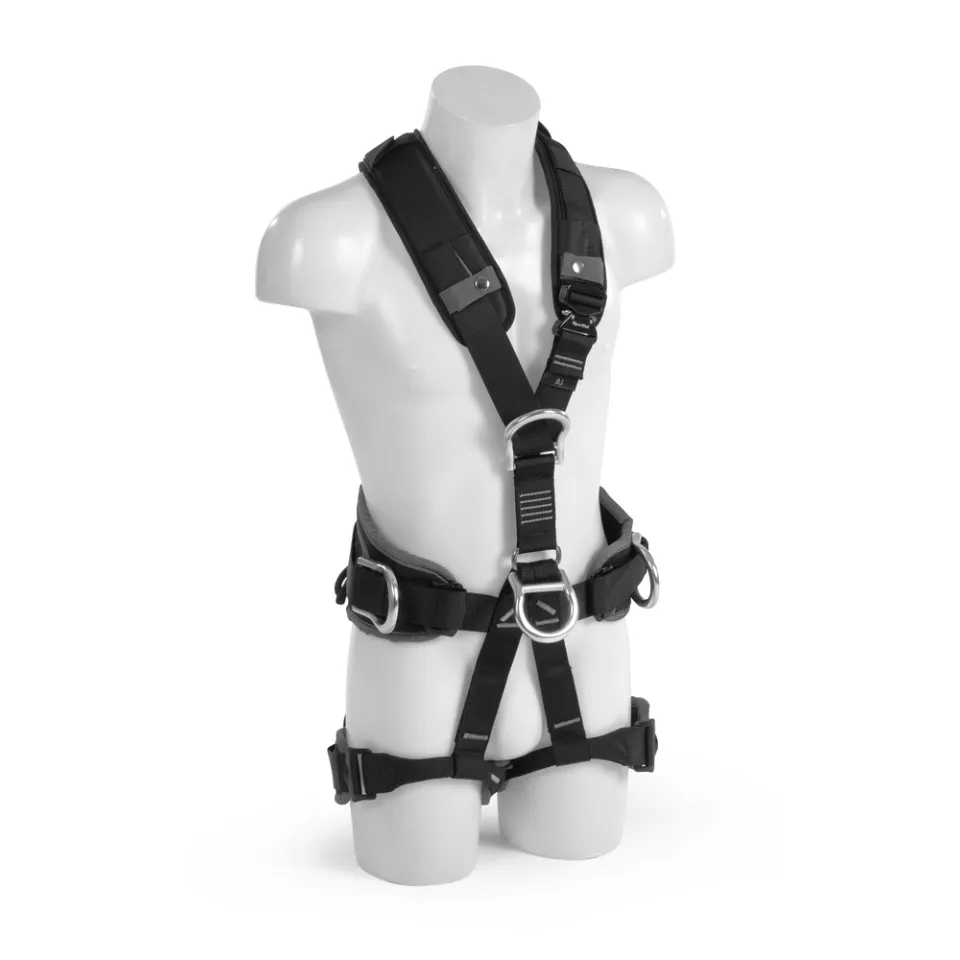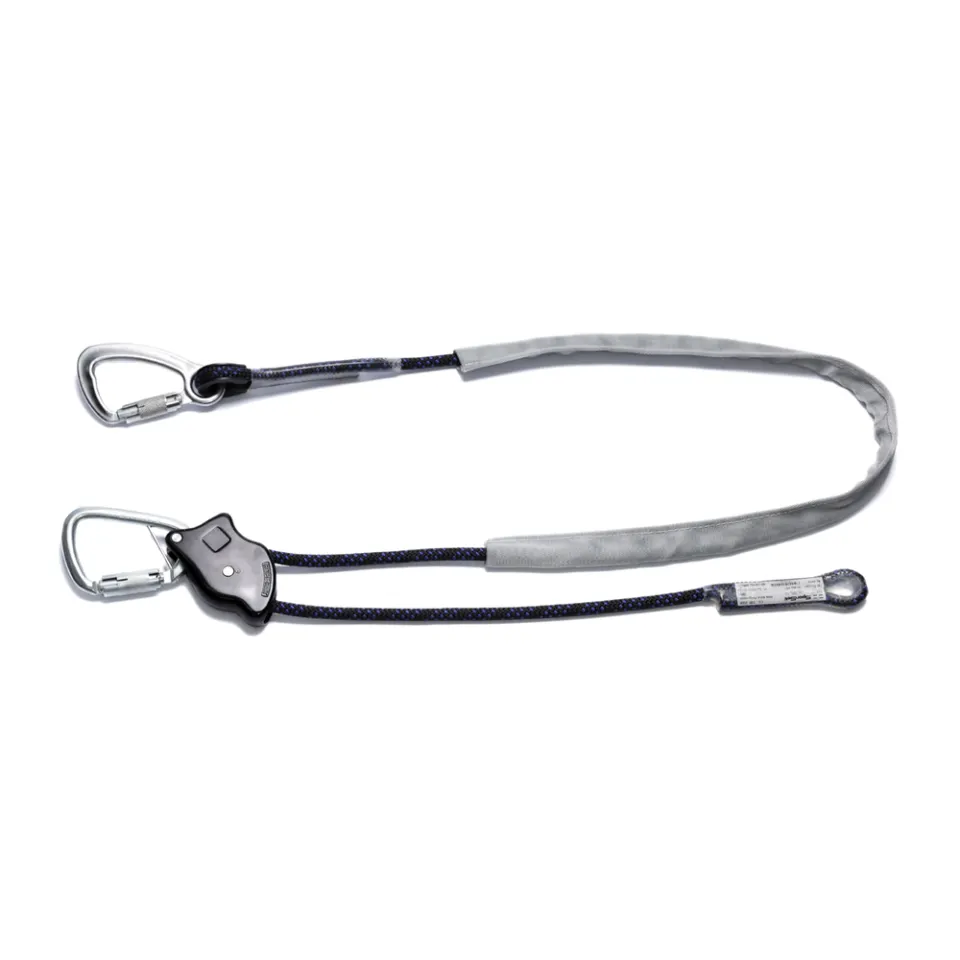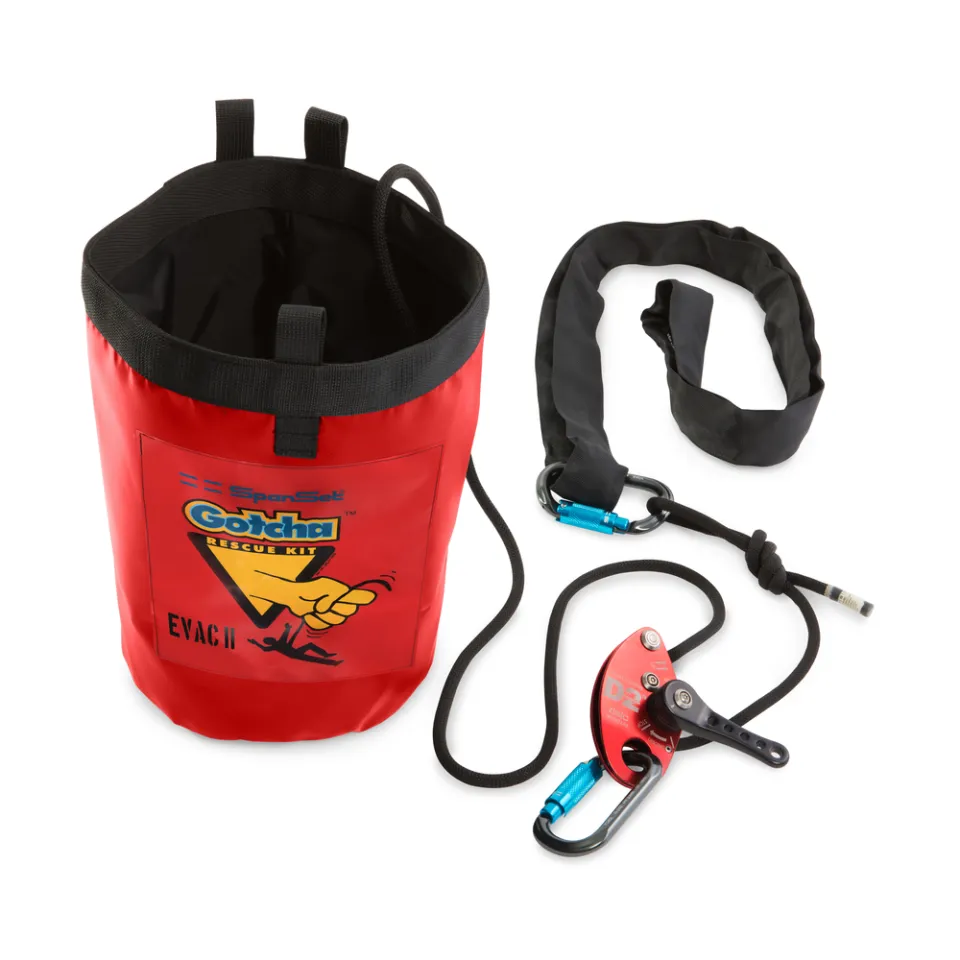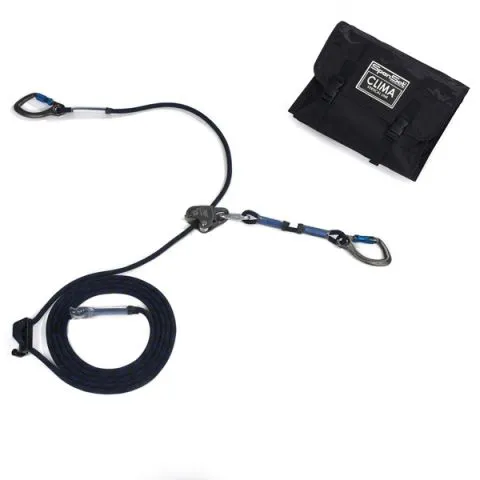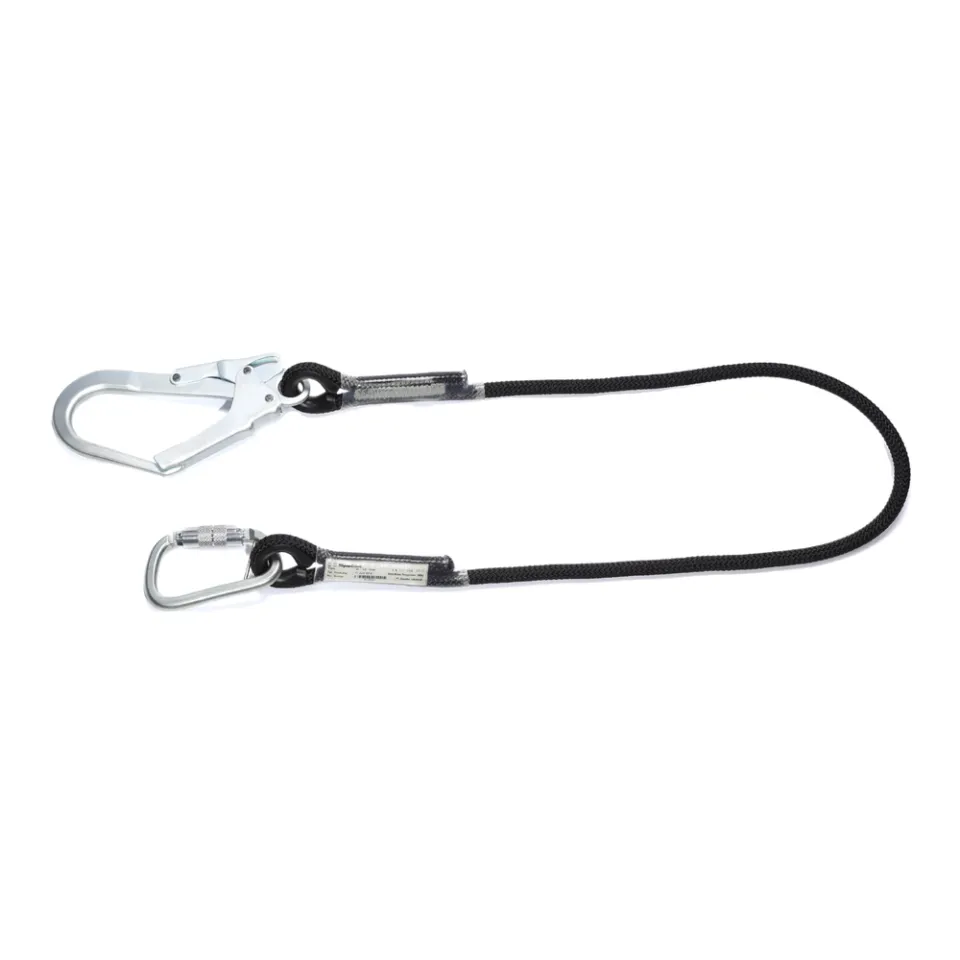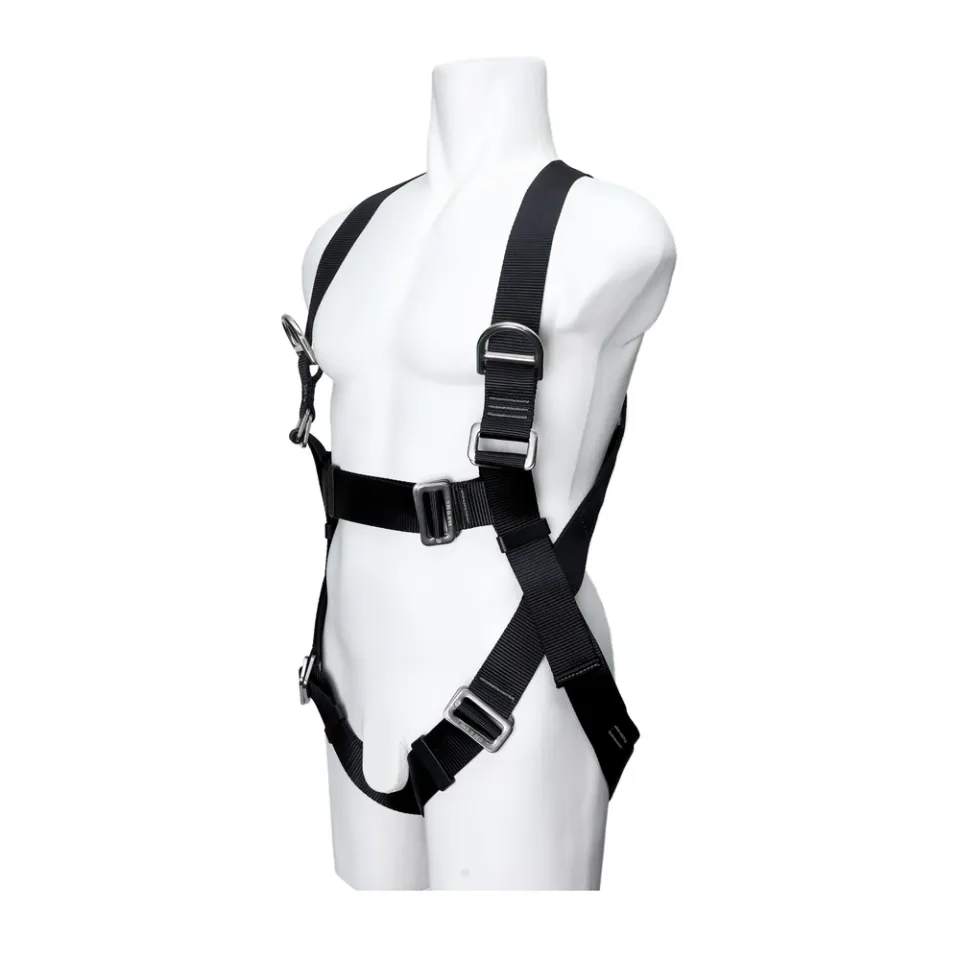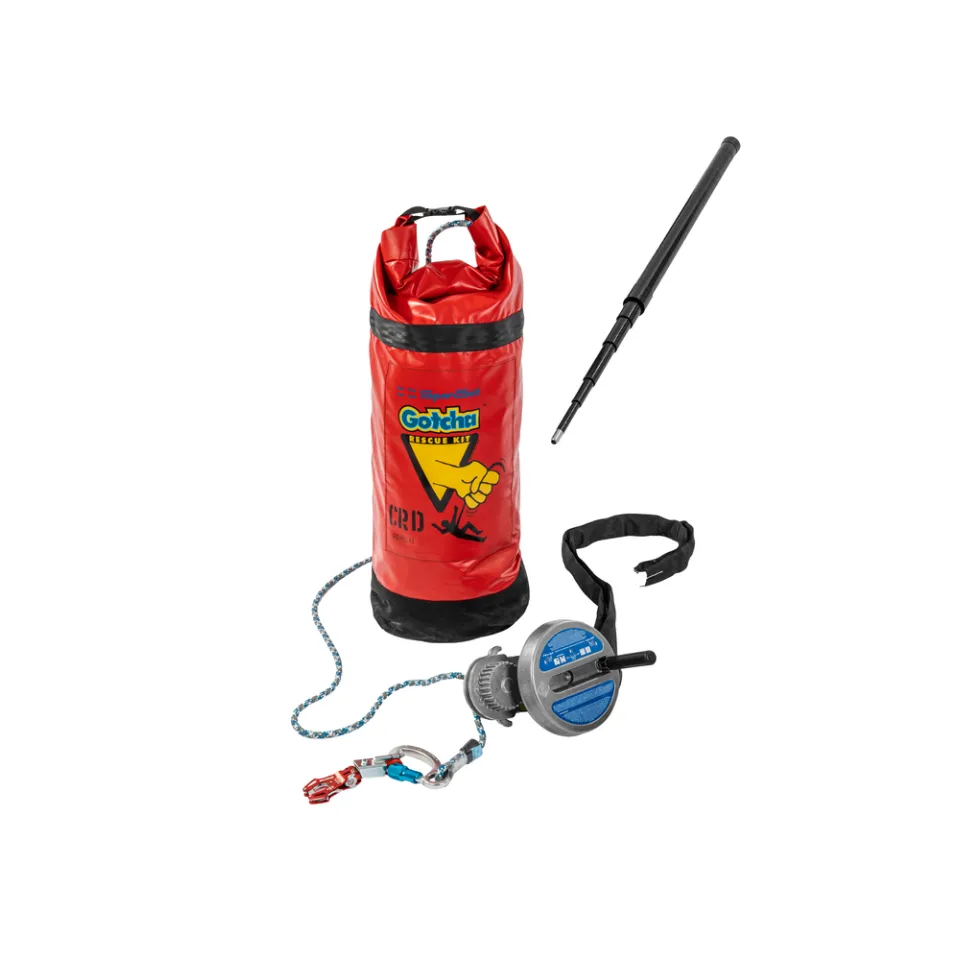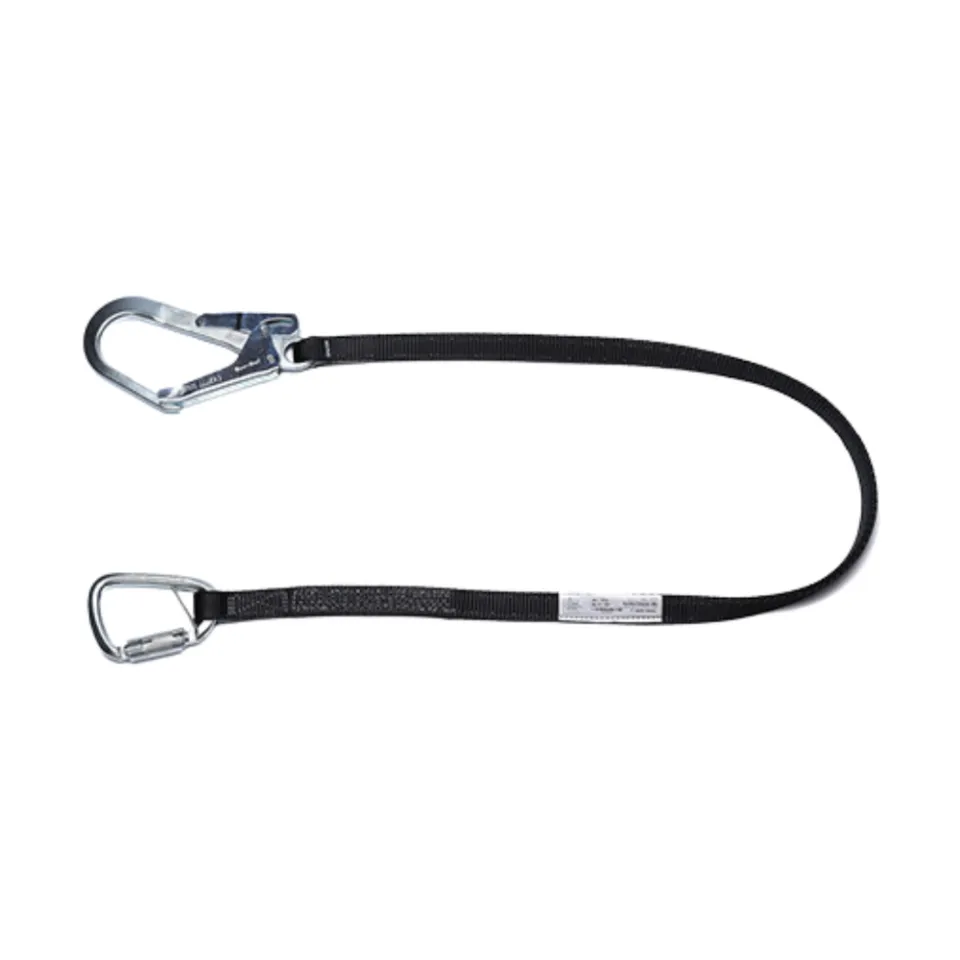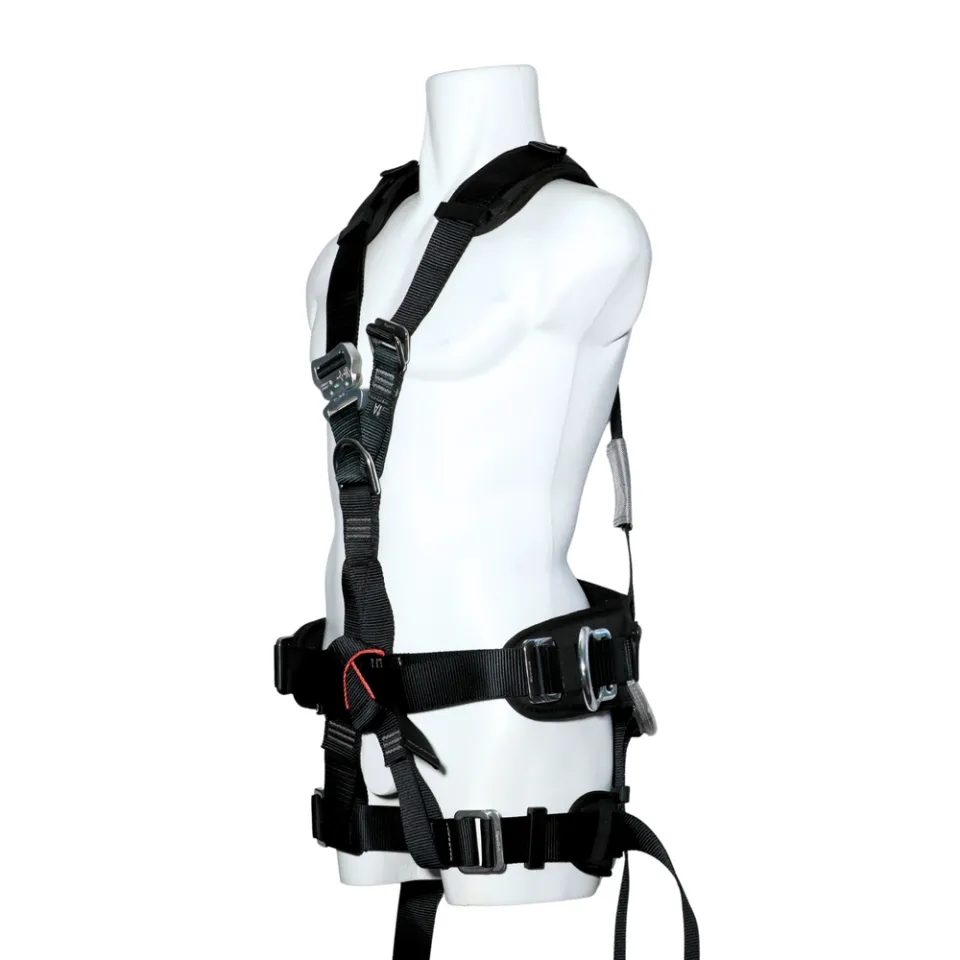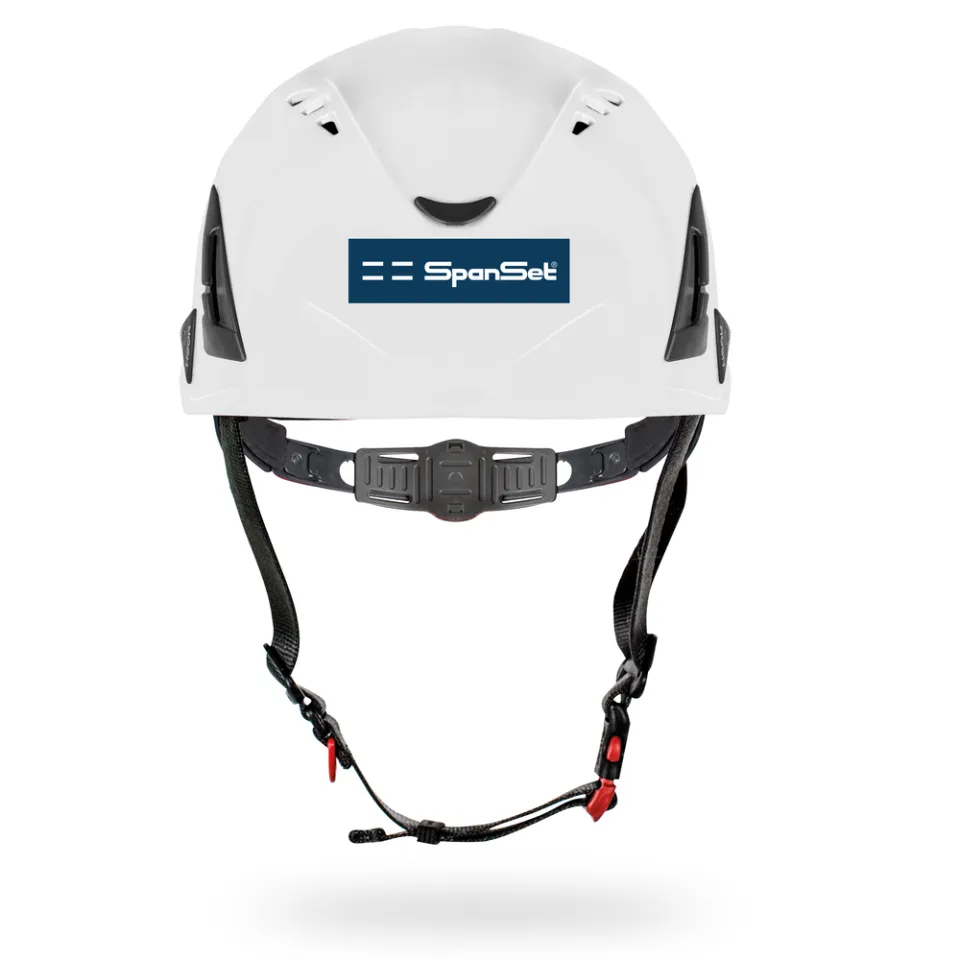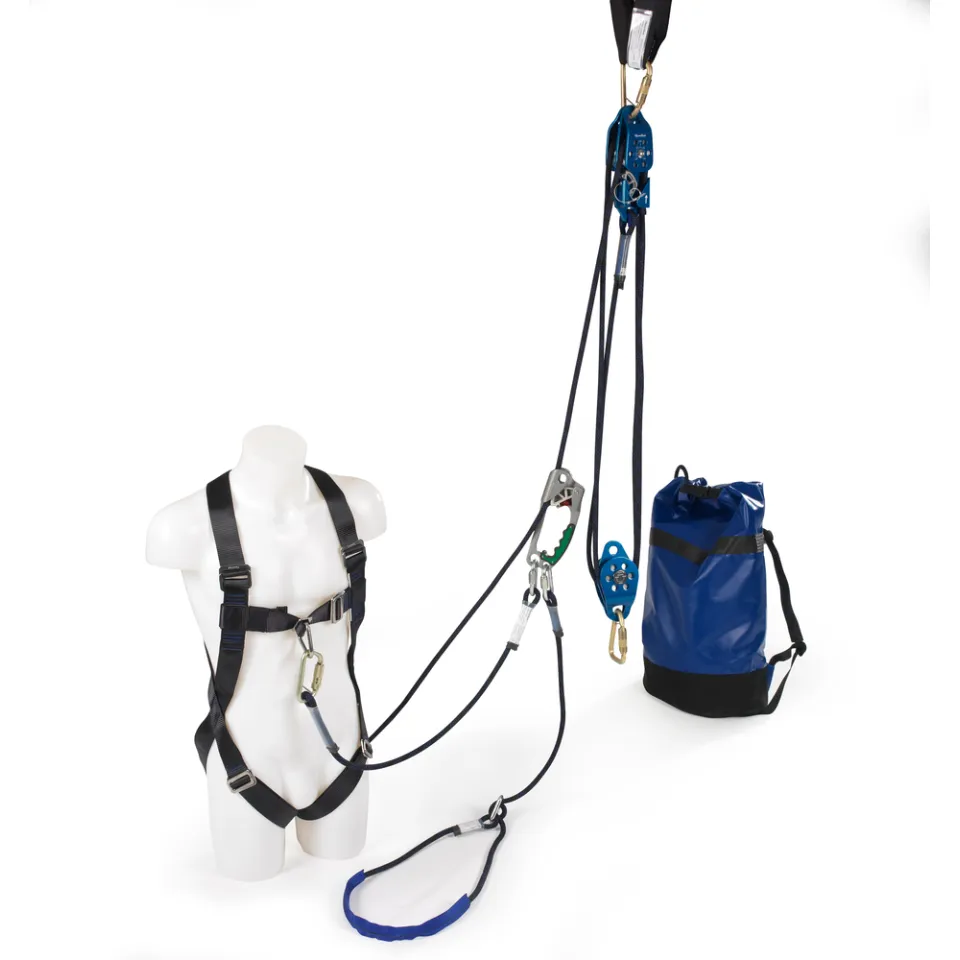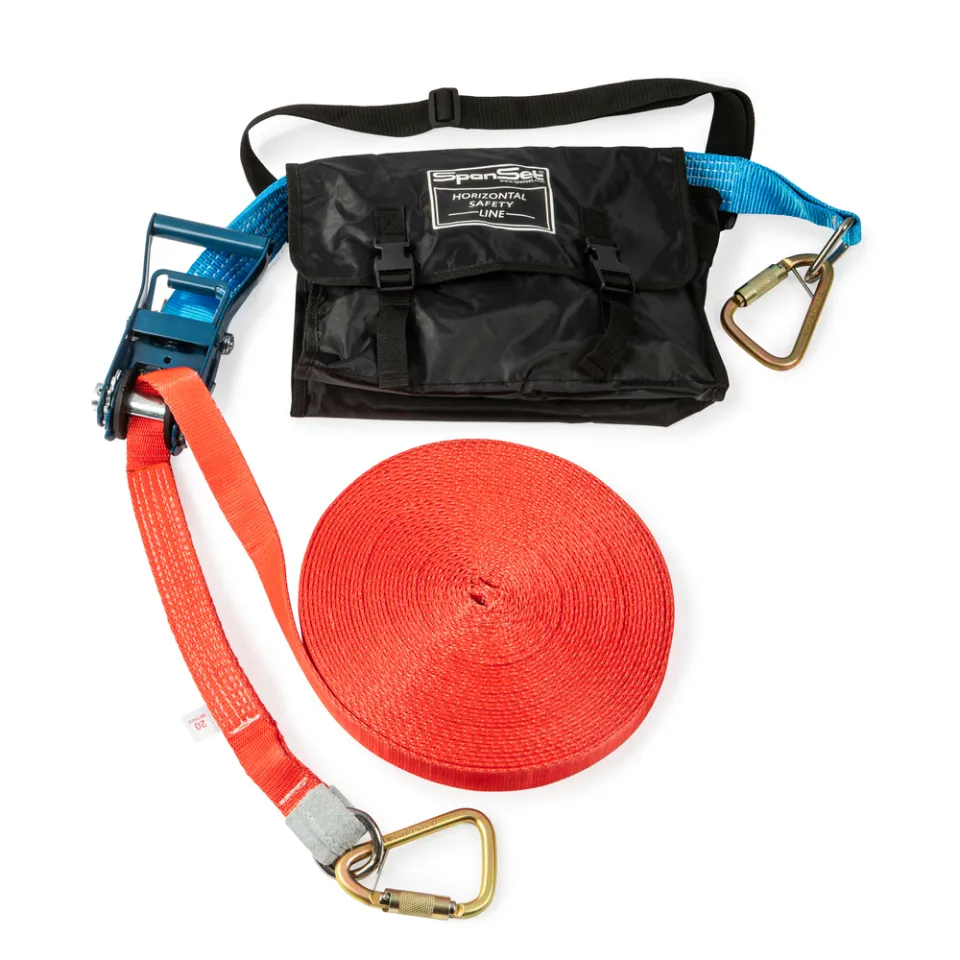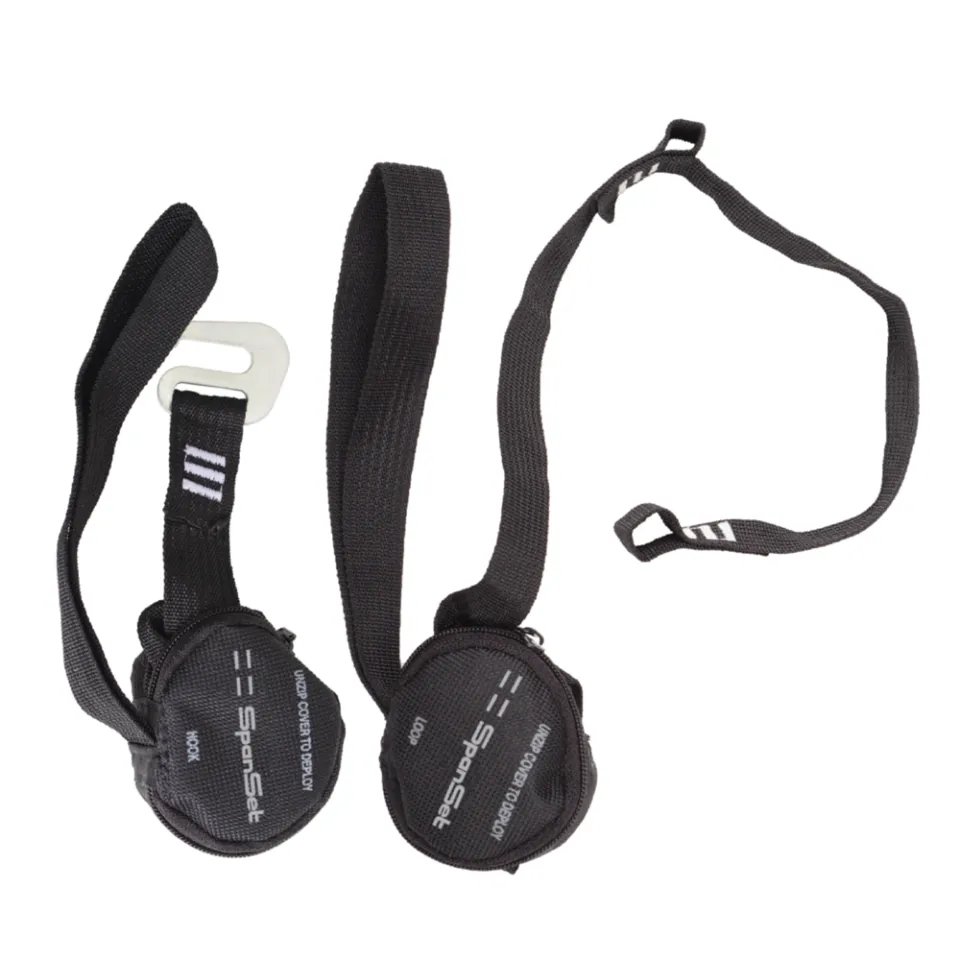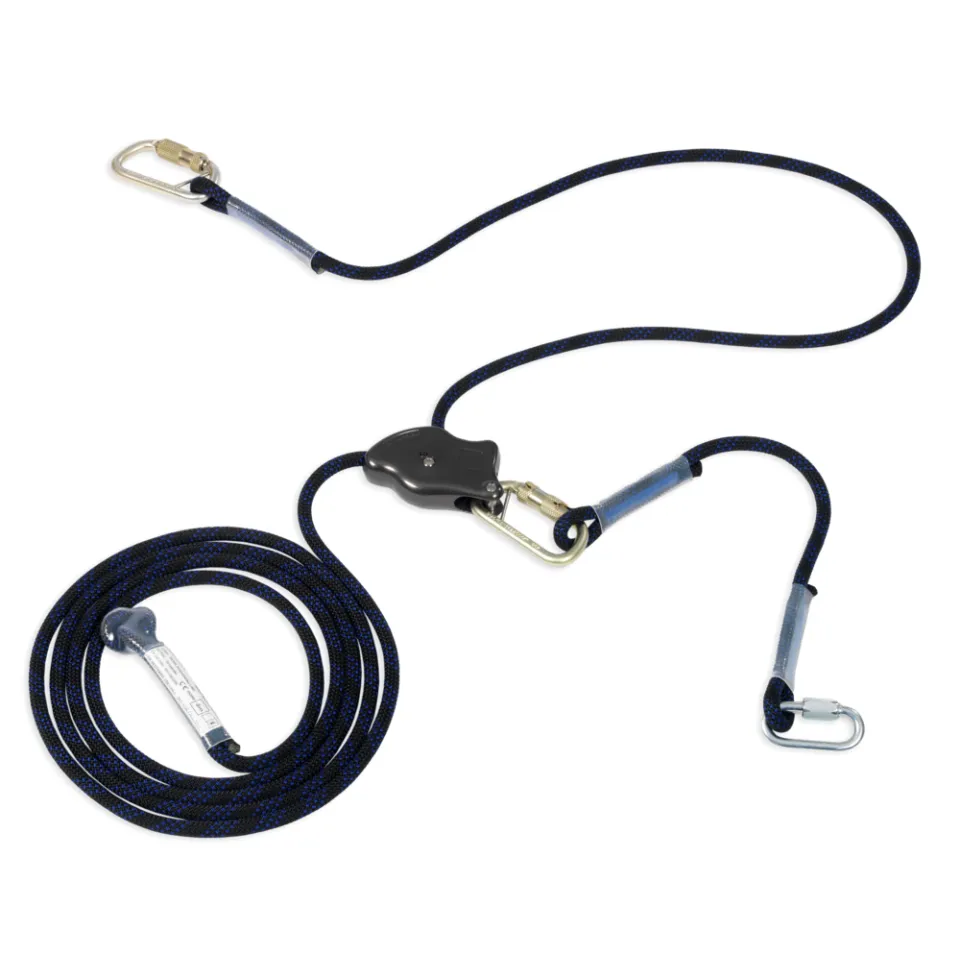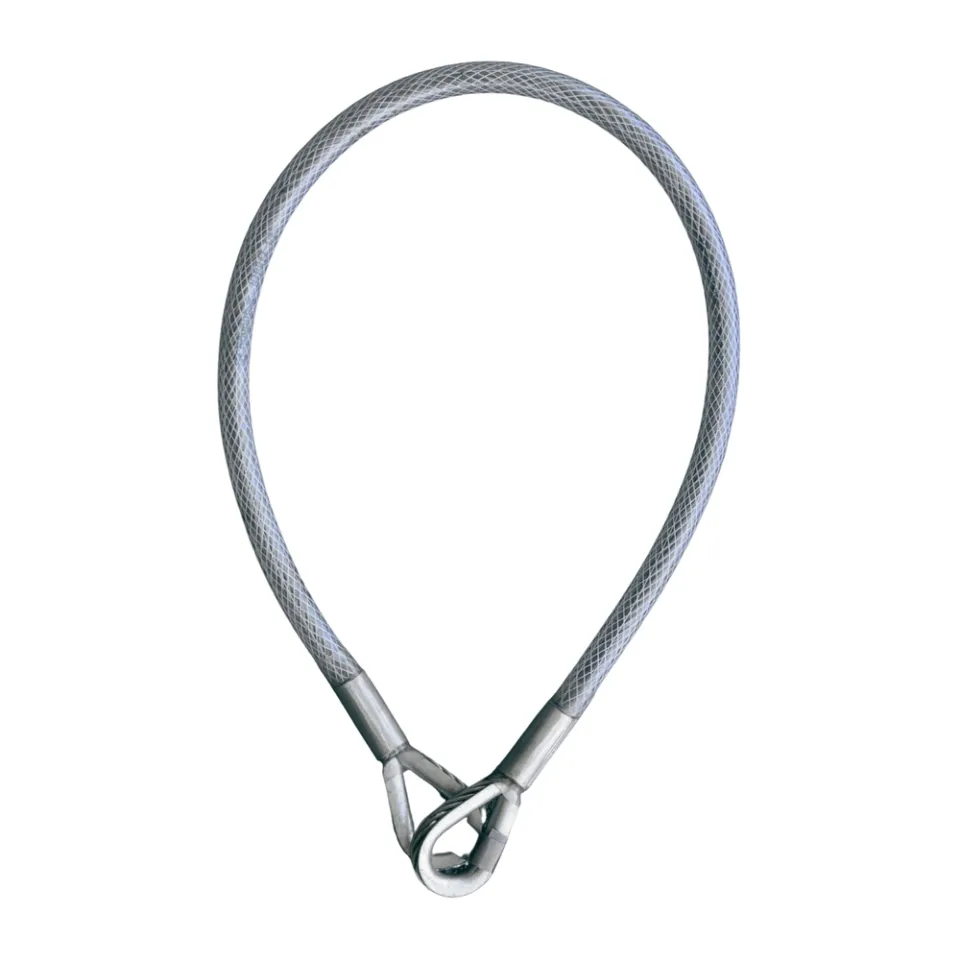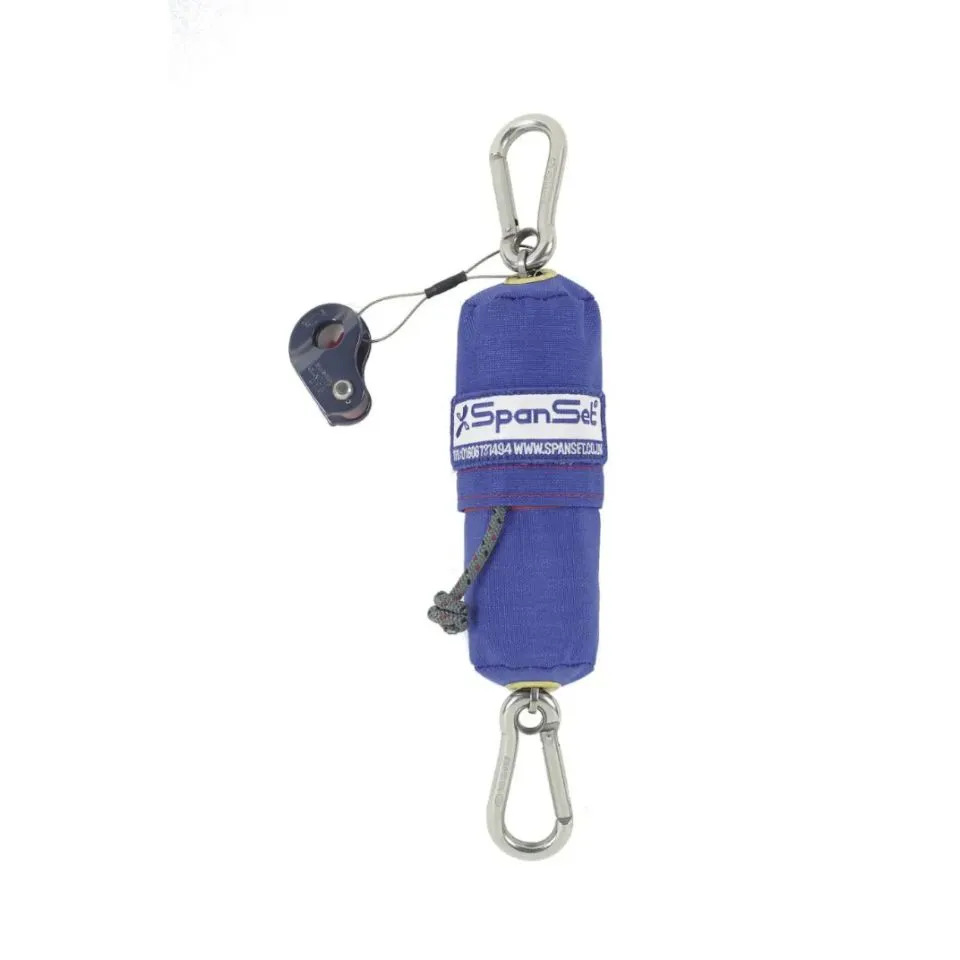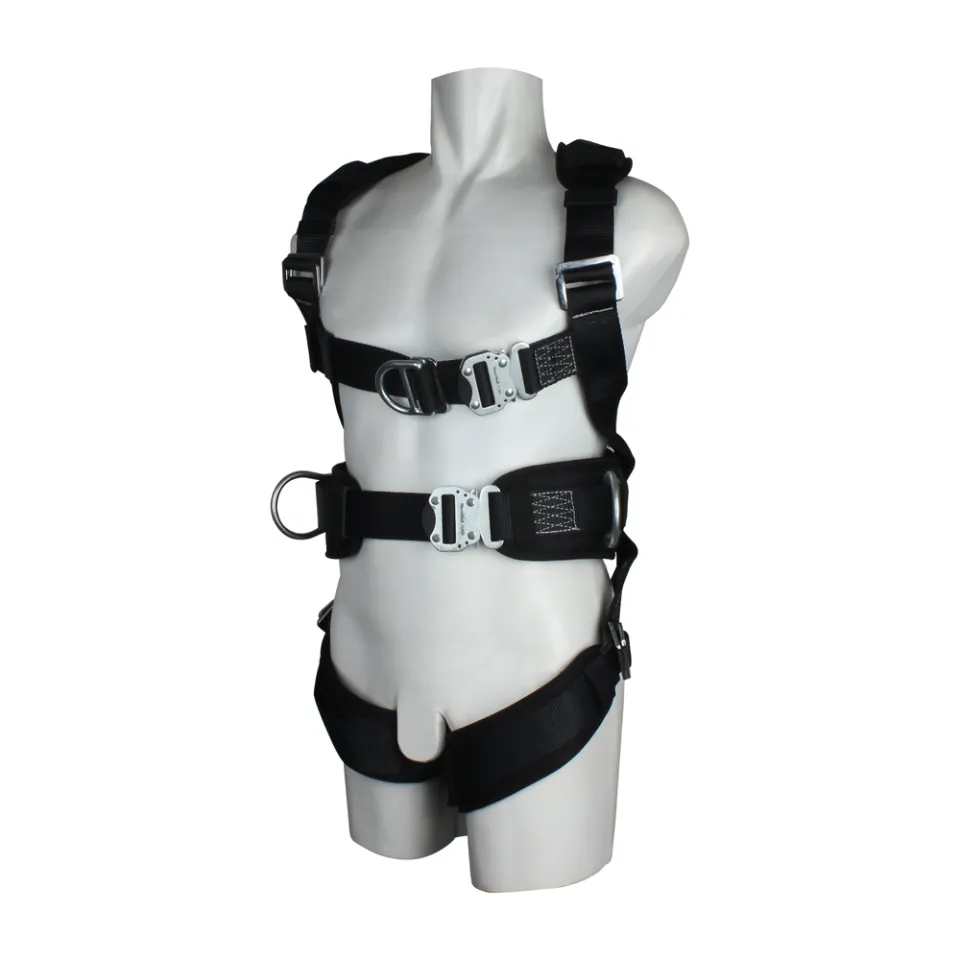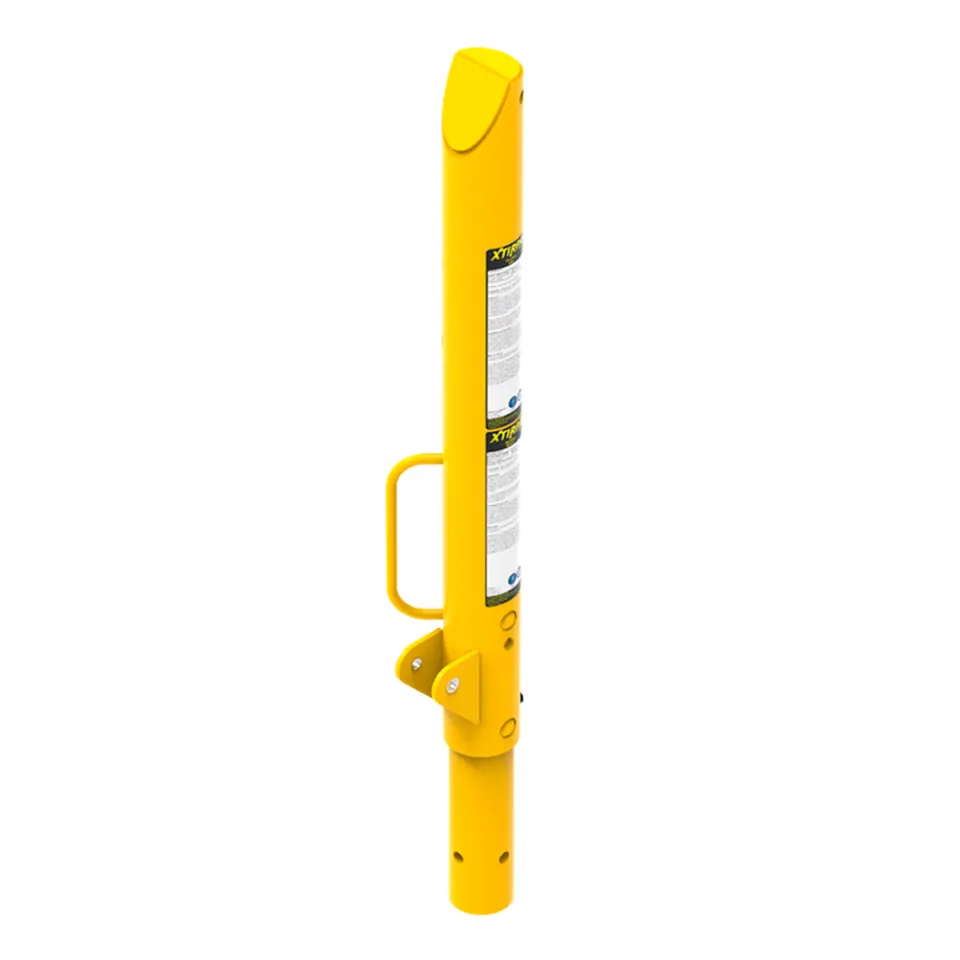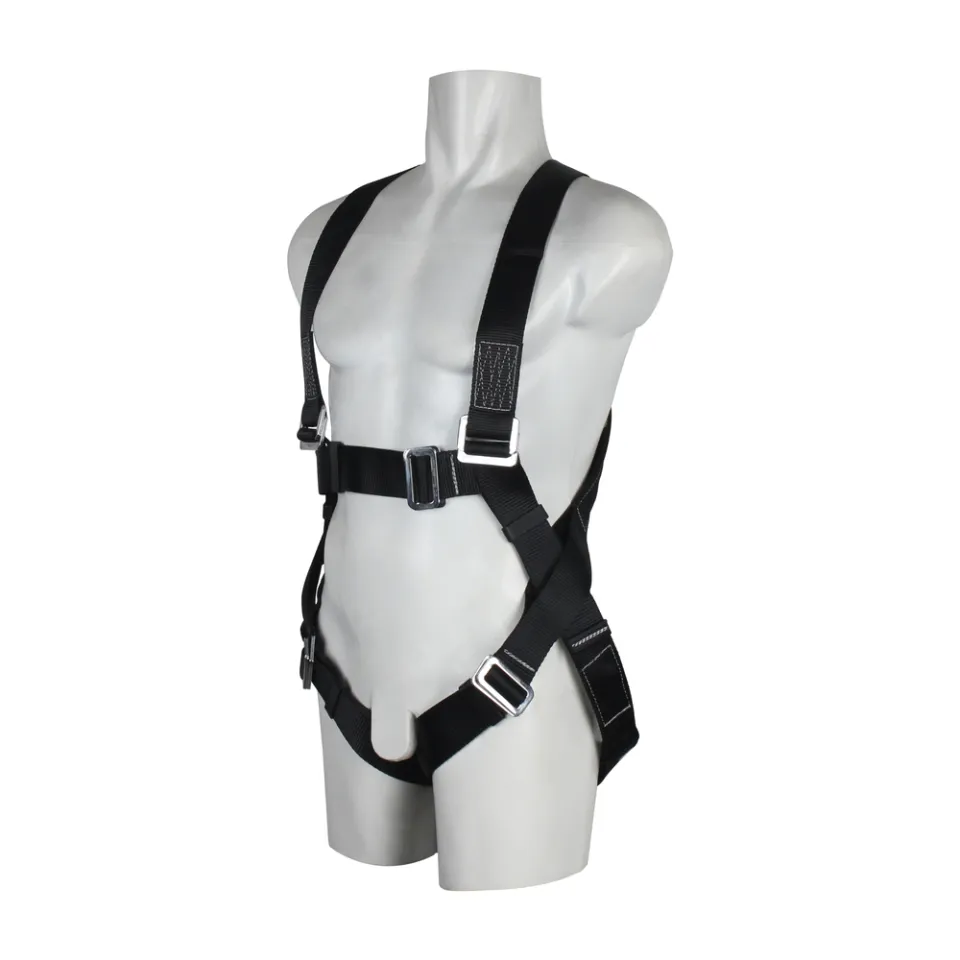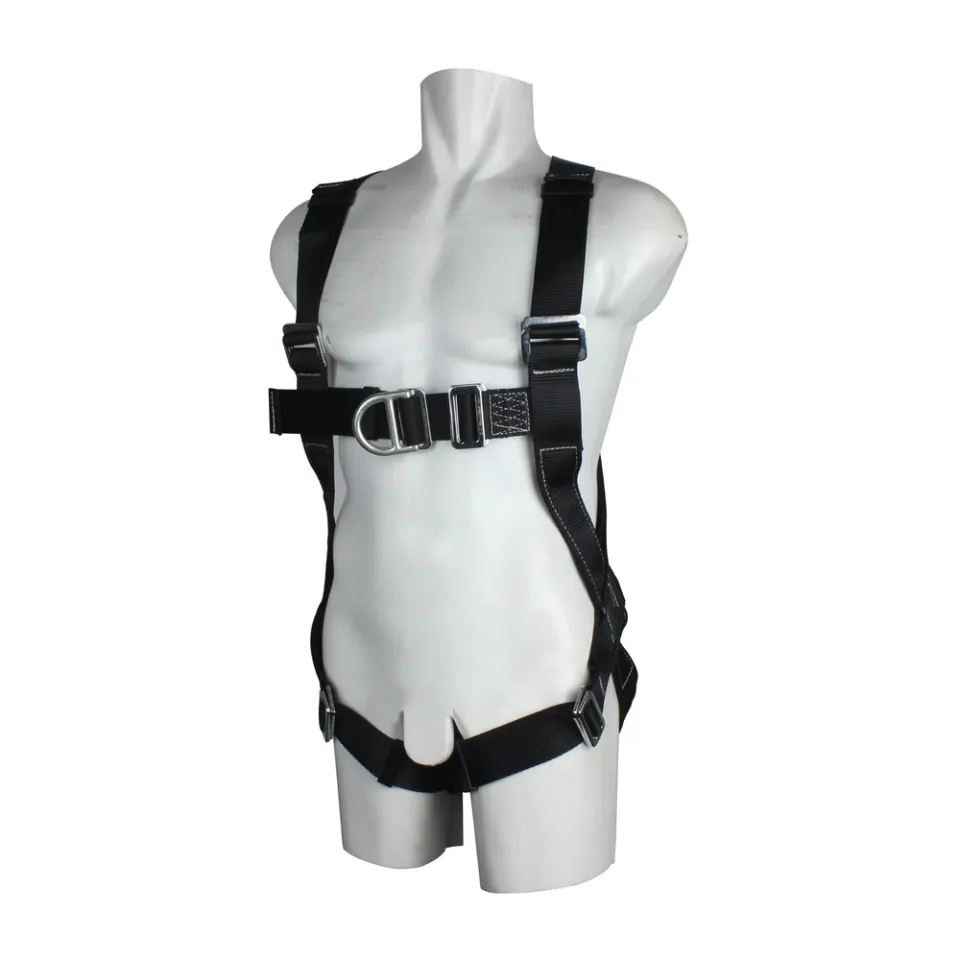Work at Heights Safety Certification: Differences and Advantages of BNSP vs. KEMNAKER RI
Being a professional worker is not only about completing tasks on time but also about understanding and knowing what you are doing correctly and safely.
From here, training becomes crucial as a step to sharpen skills, expand knowledge, and improve work standards. It's not just about becoming competent but also obtaining official recognition through certifications from authorized institutions.
Occupational Health and Safety Certification Bodies in Indonesia
So, dear SpanSet friends, when obtaining certifications for Occupational Health and Safety (K3), such as AK3U, TKBT, TKPK, and others, there are two institutions that can issue K3 certifications: BNSP and Kemnaker RI. What is the difference?
1. BNSP Certification
BNSP, or the National Professional Certification Agency, is an independent institution established by the government. This agency was formed to implement Article 18, Paragraph (5) of the Labor Law No. 13 of 2003. Its mission is to ensure the quality of workers in various professional fields throughout Indonesia.
In K3 certification, BNSP plays a vital role for workers who want to develop their competency assessments through the implementation of the Indonesian National Work Competency Standards (SKKNI).
2. Kemnaker RI
Kemnaker RI, or the Ministry of Manpower of the Republic of Indonesia, handles labor issues in Indonesia under the direct responsibility of the president.
In K3 certification, Kemnaker RI is responsible for ensuring the legality of workers to meet the safety standards mandated by government institutions. Therefore, this procedure must be followed to ensure that workers can work legally and safely in high-risk environments.
Comparing TKBT Certification from Kemnaker RI and BNSP
So, how about specialized certifications for working at heights, such as TKBT1, TKBT2, and TKPK?
Both certifications certainly serve different purposes. However, there are fundamental differences between them. The table below provides a brief comparison of the certifications from Kemnaker RI and BNSP:
| Aspect | Kemnaker RI | BNSP |
|---|---|---|
| Legal Basis | Ministry of Manpower Regulation No. 9 of 2016 on Occupational Safety and Health at Heights | Minister of Manpower and Transmigration Decree No. Kep. 325/MEN/XII/2011 on SKKNI in Working at Heights |
| Managing Institution | Kemnaker RI | National Professional Certification Agency (BNSP) |
| Training Process and Duration | Organized by accredited PJK3, 3-4 days, including theory, practice, and certification exam | Organized by BNSP-licensed LSP, approximately 4 days, including competency assessment |
| Documents Received | 1. K3 license for working at heights 2. High-rise Building Worker Appointment Letter (SKP) 3. Competency Certificate from Kemnaker RI | 1. Competency Certificate from BNSP 2. Competency ID Card |
| Certification Purpose | To meet government-required work safety standards and provide formal legality | To recognize and validate individual competence based on national standards, improving labor competitiveness globally |
| Selection Criteria | More suitable for compliance with national regulations and formal legality within the country | More suitable for competency recognition at the national and international levels, as well as global projects |
| Company Requirements | Driven by compliance with national safety standards | Driven by the need for broader competency recognition and global competitiveness |
| Individual Career Goals | Focus on a career in local companies with a regulatory emphasis | Focus on career advancement with recognition of competencies at both national and international levels |
Detailed Discussion on Differences: Legal Basis, Training Process, Documents, Selection Criteria, and Certification Purpose
Legal Basis
The certification issued by Kemnaker RI refers to the Ministry of Manpower Regulation No. 9 of 2016 on Occupational Safety and Health in Working at Heights. This regulation sets out the safety standards and procedures that must be followed by workers and companies involved in working at heights.
On the other hand, the BNSP certification for Working at Heights refers to the Minister of Manpower and Transmigration Decree No. Kep. 325/MEN/XII/2011 on the Indonesian National Work Competency Standards (SKKNI) in the field of working at heights. This decree outlines the competency requirements that workers must meet when working at heights.
Training Process and Duration
Kemnaker RI's TKBT certification is organized by accredited Occupational Health and Safety Service Companies (PJK3).
The TKBT training typically lasts 3-4 working days and includes theoretical materials presented by certified experts, practical safety techniques, working at heights skills, and a certification exam.
For example, SpanSet Indonesia offers TKBT and TKPK training to help workers obtain official Kemnaker RI certifications. The training is led by certified instructors, uses international-standard equipment, and is supported by safety-standard training facilities. For consultations and more details about height safety training at SpanSet, feel free to inquire.
BNSP's Working at Heights certification is organized by BNSP-licensed Professional Certification Bodies (LSP). The training and competency test usually take about 4 working days, with competency assessments conducted according to the applicable SKKNI.
Certification Purpose and Documents
After successfully completing the training, participants will receive key documents depending on the type of certification they followed:
1. Kemnaker RI TKBT Certification
After passing the training, participants will receive three main documents:
- K3 License specific to working at heights
- High-rise Building Worker Appointment Letter (SKP)
- Competency Certificate issued by Kemnaker RI
These documents are crucial for ensuring that the workers have the necessary knowledge and skills according to the legal standards.
They also guarantee that both workers and companies comply with the government’s safety standards and have formal legality to perform work at heights.
2. BNSP Working at Heights Certification
Participants receiving the BNSP certification will obtain two documents:
- Competency Certificate issued by BNSP
- Competency ID Card as proof of recognized skills
BNSP certification is designed to recognize and validate individual competencies based on national standards, improving the competitiveness of Indonesian labor in the global market and professionally certifying their skills.
Which One Should You Follow: Kemnaker RI or BNSP Certification?
It all comes down to the specific needs and priorities of the individual or the company, and here are the key factors to consider when choosing a certification:
1. Company Needs
If the company primarily operates domestically, then focusing on compliance with national regulations, Kemnaker RI certification will be more suitable.
However, if the company is looking to expand internationally or engage in global projects, the internationally recognized BNSP certification will be the right choice.
2. Individual Career Goals
For workers who want to enhance their career and have their competencies recognized nationally and internationally, BNSP certification offers more flexibility.
On the other hand, if you focus on a career within a local company with a regulatory emphasis, Kemnaker RI certification is sufficient.
Conclusion
Choosing between the K3 certification for working at heights from Kemnaker RI or BNSP should be based on the specific needs, whether personal or company-related.
Kemnaker RI certification places greater emphasis on compliance with national regulations and formal legality, while BNSP certification focuses on recognizing individual competencies that are acknowledged both nationally and internationally.
Once you understand the differences between the two, it will be easier to determine which certification is best suited to your professional goals and needs.
